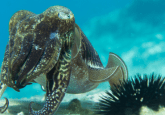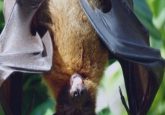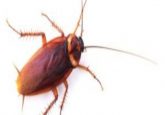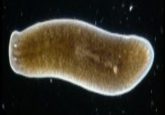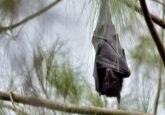The curious tale of the gecko tail
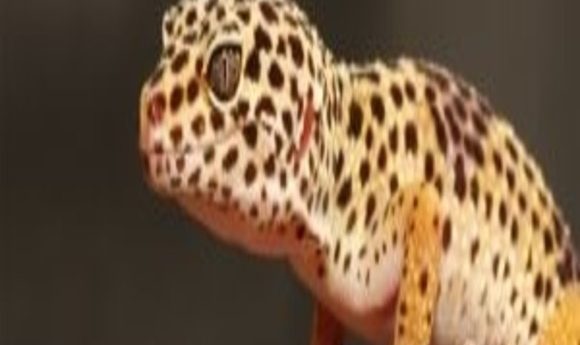
Researchers have identified the stem cells that drive the gecko ability to regrow its tail, raising new potential for treating human spinal injuries.
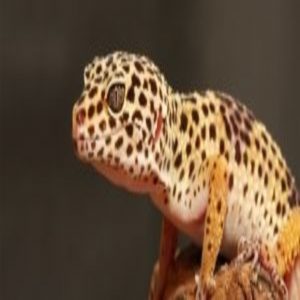
Leopard geckos can regrow their tails in just 30 days.
Scurrying through the savannah, a leopard gecko searches for crunchy critters to chow down on. Suddenly, a predator jumps from the shadows, grabbing him by the tail. But this is where the gecko has an ace up his sleeve; he detaches his tail and dashes away, safe in the knowledge that his tail will regrow.
This is a far cry from human spinal cord injuries, where scar tissue helps seal the wound but also simultaneously prevents regeneration. Now, research published in The Journal of Comparative Neurology identifies the type of stem cells involved in gecko tail regrowth as radial glia cells, which are primary progenitor cells capable of generating neural cells.
The researchers began their study by investigating ependymal layer cells in the gecko. “In mammals, these cells activate following spinal cord injury, but during injury, their response isn’t sufficient [for regeneration],” explained Emily Gilbert from the University of Toronto, lead author of the paper. “On the other side of things, these cells are required for spinal cord regeneration in axolotls and zebrafish.”
Using immunohistochemical analysis, Gilbert and her team looked at the ependymal layer at 3 time points: prior to tail loss, within 24 hours of tail loss, and once the new tail was fully regenerated. They found expression of SOX2, a protein associated with neural stem cells, at all three time points. During regeneration, cells also expressed other markers associated with neural stem cells and lineage-restricted progenitor cells. The team confirmed that these neural progenitors were radial glial cells, using electron microscopy and immunofluorescence.
“This is about understanding a species that is really good at regeneration,” Gilbert stated. “As an amniote, they are more closely related to us than any other species capable of spinal cord regeneration, and they can help us provide a model for people who study regeneration in mammals and at a clinical level in humans.”
Moving forward, the team is finalizing a comparison between the gecko body spinal cord and the tail spinal cord at a cellular level. “We hope potential similarities in the body and tail can drive research,” Gilbert concluded.

